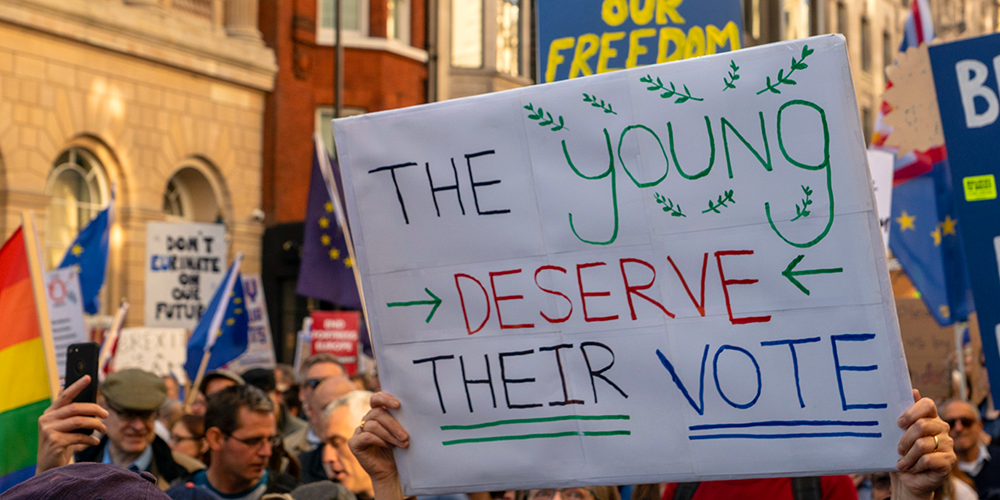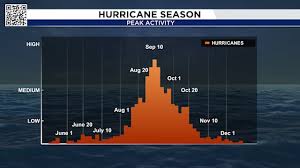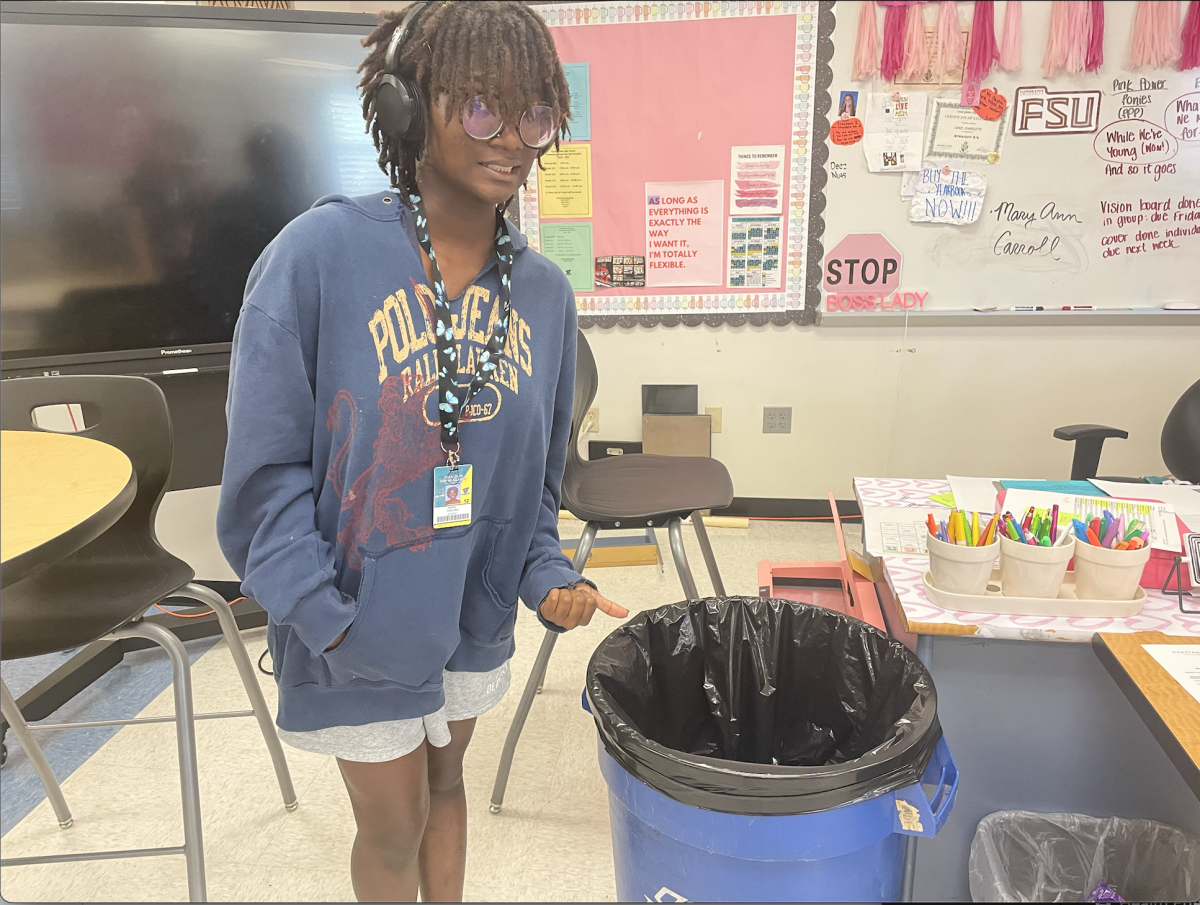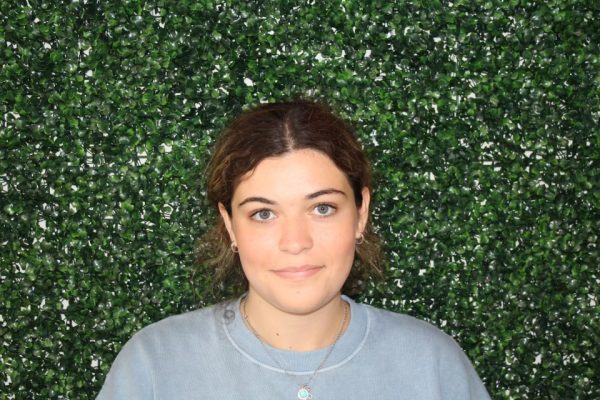Miami-Dade County (home to a population of almost 3 million) is planning to build the world’s largest waste-to-energy incinerator is one of the most ambitious infrastructure projects Florida has seen in years. The facility would process over 4,000 tons of garbage every day, using high-heat combustion to turn waste into electricity. It’s part of a broader effort to overhaul how the county handles its growing waste problem. After the old incinerator in Doral was shut down following a major fire in 2023, officials said the time had come to replace outdated systems with newer, cleaner, and more efficient technology.
“The trash mountain in Broward just keeps getting bigger and it smells horrible, it seems reasonable to just burn it instead.” Said senior, Paris Crooks. “
County leaders argue that the new facility isn’t just about dealing with trash,it’s about planning for the future. Miami Dade’s population is growing rapidly, and with that comes more garbage and pressure on landfills. The new incinerator would help cut down on the amount of garbage that ends up buried in the ground while also generating renewable energy that can power homes and businesses. The expected advanced air pollution controls are expected to be built into the plant to keep emissions within federal safety limits, and supporters say it could become a model for sustainable waste management around the world.
But not everyone is so convinced. Residents near the proposed site, especially in Doral, have expressed frustration and concern. Many say they’ve already dealt with years of foul smells, noise, and fears about health issues from the old plant and they’re not happy to go through that again, especially on a bigger scale. Environmental activists also question the long-term benefits of the incinerator, arguing that it can discourage recycling and doesn’t align with efforts to cut greenhouse gas emissions. They’re calling for Miami Dade to rethink its approach and invest more heavily in recycling, composting, and waste reduction programs instead.
For the environment expertise I asked our own environmentalist at Coral Glades.
“Air pollution is the biggest worry for activists.” “ Said our AP Environmental science teacher, Mrs. Kessler. Incineration can release pollutants like particulate matter, carbon monoxide and other metals. These toxins may cause serious health problems, like lung issues.
The new Miami Dade incinerator has sparked a tough debate within Miami’s residents and environmental activists. Including the mayor, (Mayor Daniella Levine Cava) who has shifted her views on the incinerator in recent years. Mayor Levine Cava initially supported the incinerator in 2022 but has now expressed concerns about its high cost and environmental impact. This debate is important, as it will set the standard for waste removal in surrounding Florida counties.








![[Photograph of an Italian sandwich] Photo Creds: https://www.thepioneerwoman.com/food-cooking/recipes/a42398453/italian-sandwich-recipe/](https://cghstheprowl.com/wp-content/uploads/2025/10/image1.png)











































